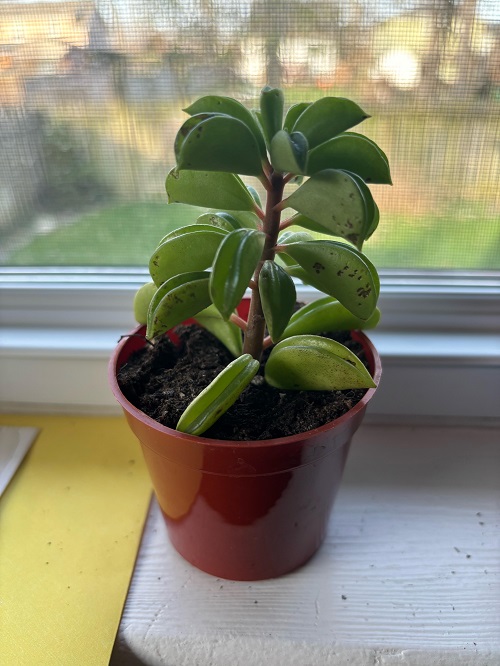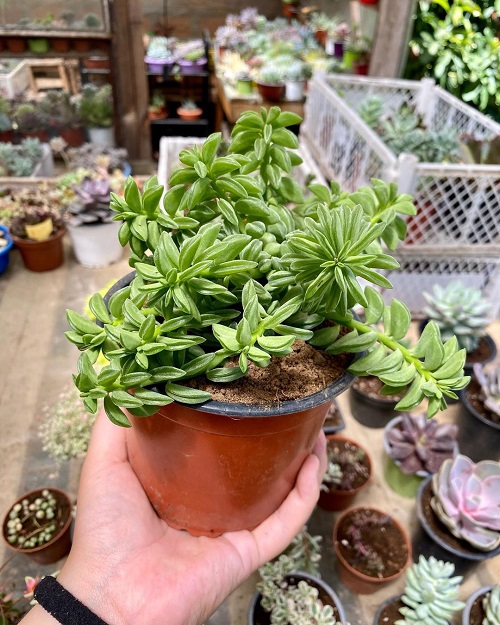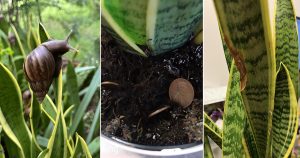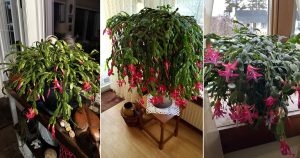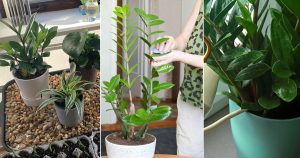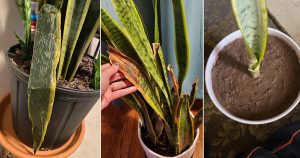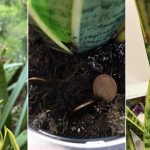Peperomia Nivalis Care and Growing Guide—Find here the essential tips of caring for, maintaining, and growing this succulent houseplant.
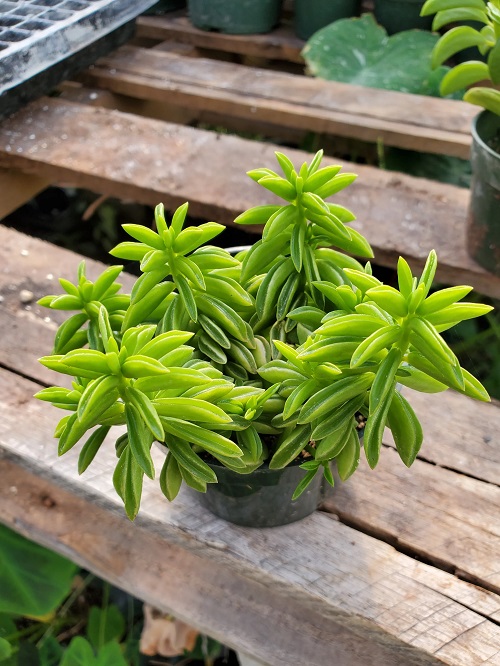
It is known for its thick, fleshy leaves, which contribute to its drought tolerance and low-maintenance nature. This succulent is a must-have for any houseplant enthusiast. So, read for our comprehensive Peperomia Nivalis care and growing tips to keep your plant thriving.
Peperomia Nivalis—Key Facts
| Name | Peperomia Nivalis |
| Common Names | Taco Leaf Peperomia |
| Origin | Peru |
| Height | Small in size, approx. 6 inches |
| Indoor/ Outdoor | Both |
| Soil | Well-draining soil with perlite |
| Temperature | Warm, 65-75 °F (18-24°C) |
| Watering | Moderate (every 7-14 days) |
| Sunlight | Medium to bright indirect light |
| Flowers | Tendril-like green flowers |
| Blooming Season | Spring and summer |
Peperomia Nivalis Information
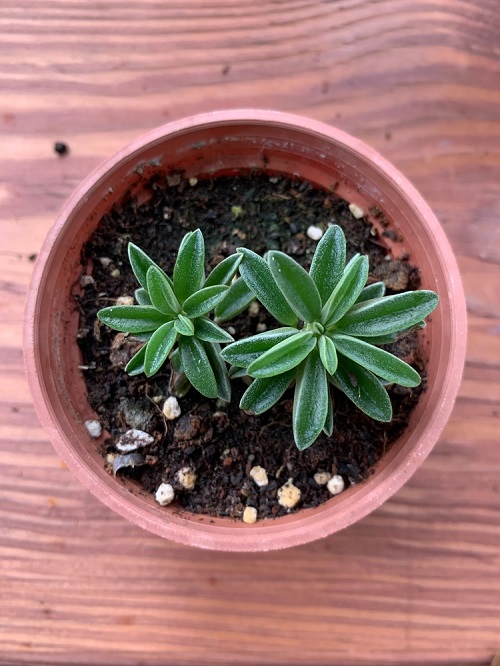
Taco Leaf Peperomia is from the Peperomia genus found in the native habitat of the Peruvian Andes. It is a succulent herb with fleshy stems and thick, U-shaped, bright green leaves that look like taco shells. During dry, sunny seasons, the leaves change color and become reddish. Plus, it produces tiny, delicate flowers after the plant matures.
Furthermore, it is also used in folk medicine to treat otitis (inflammation in ears) and conjunctivitis (pink eye). It is widely grown as an ornamental plant by succulent plant collectors.
Peperomia Nivalis Pot Size
When choosing a pot for peperomia, opt for terracotta or clay pots with drainage holes. The pot should not be too small, as this can lead to root-bound conditions, and not too oversized, as this can cause issues related to root rot in the long term. Additionally, at the time of repotting, use a bigger size pot than the current one and use orchid bark or acidic potting mix.
A Fact: Peperomia Nivalis plants like to thrive in root-bound conditions and grow slowly. So, a compact container would be best for them for years or until the roots start coming out of the drainage holes.
Propagating Taco Leaf Peperomia
You can propagate Peperomia plants anytime, but spring or summer is best. If you’re pruning in the spring, use the extra leggy stems for propagation. Start by gathering sterile pruning snips, a small pot, potting soil or orchid mix, plastic wrap, and find a bright location with indirect light.
Cut off a leaf with at least an inch of stem from the mother plant. Place the cutting in a small pot with potting soil, cut-end down, and cover it with plastic wrap to keep moisture in. Water consistently, ensuring the soil stays moist but not soggy. Roots will form in a few weeks. Once the new plant outgrows its original pot, repot it into a larger container.
Requirements for Growing Peperomia Nivalis
Sunlight
Taco Leaf Peperomia likes medium to bright indirect exposure to the sun and should not be kept in a place where it receives direct sunlight. A north or east-facing window would be best, as the morning sun will not harm the plant and will fulfill the light requirements as well.
Soil
Peperomia Nivalis needs oxygen-rich soil. So, loose, well-draining, moisture-retaining soil is ideal. For aeration, you can also add regular potting mix, a handful of coconut coir, and perlite. Simple!
Watering
This succulent plant does not need regular watering. Always water when the top inch of the soil is dry. It’s better to keep your plant dry than drenched, as soggy soil can rot the roots.
Temperature
This plant loves a warm and steamy environment during summer when it is dormant. It cannot handle a temperature range below freezing. Taco Leaf Peperomia can be grown outdoors during summer months, and the ideal USDA zone 10 is ideal.
Peperomia Nivalis Care
Fertilizer
It is a slow-growing epiphyte plant that can withstand even without additional feed. But still, if you want to fertilize your Peperomia Nivalis, then once a month during the growing season with regular strength or dilute liquid fertilizer will be good.
Pruning
You can pinch off the sparse growth, the first set of leaves or stems above the leaf node to increase the plant’s lush appearance. Do it in early spring!
Pests and Diseases
Make sure to keep an eye on common pests such as mealybugs, whiteflies, or spider mites to prevent your Peperomia Nivalis. If you find some suspect of these then immediately take the necessary steps. Insecticidal soap is the best and easiest way to get rid of them.

